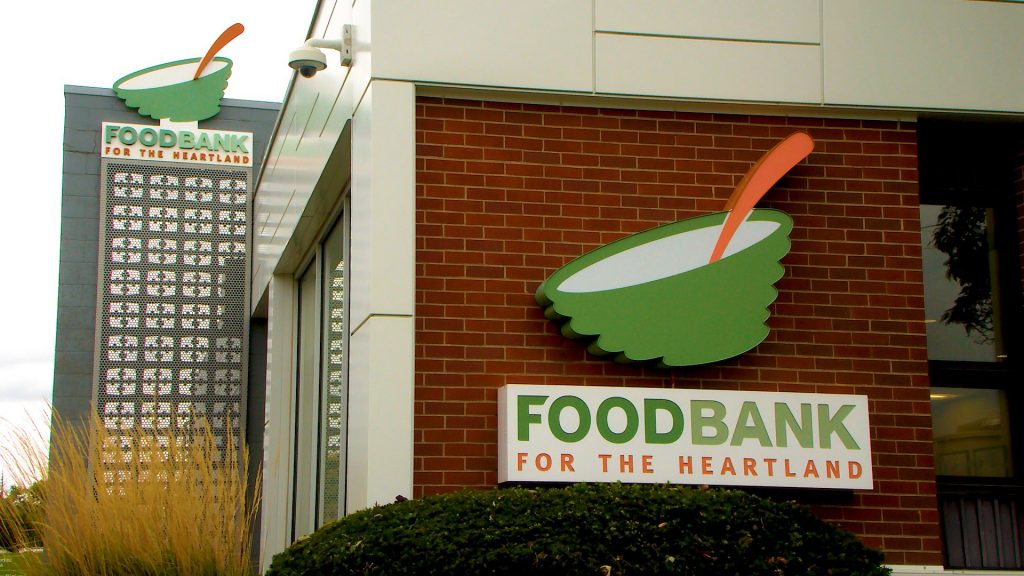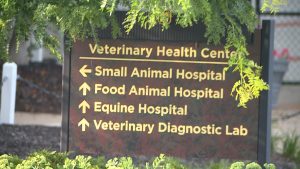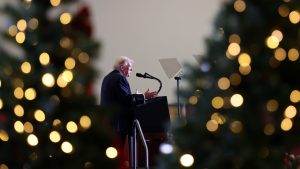Food banks brace for surge as 42 million Americans face November without SNAP

OMAHA, Neb. — An orange alert greets visitors at the top of the U.S. Department of Agriculture’s (USDA) website. The accompanying message is short, blunt and, for millions of Americans, unsettling: no Supplemental Nutrition Assistance Program (SNAP) benefits will be issued for November.
As the federal government’s shutdown enters its second month, negotiations in the Senate show no sign of progress and the USDA has instructed states to hold benefits until further notice.
The decision leaves an estimated 42 million people across the country uncertain about how they will afford groceries next month. Many are expected to turn to food banks. But with the increased demand, their shelves, too, may soon be bare. At best, they are an emergency stopgap that cannot match the food security that federal benefits provide.
“For every meal that a food bank provides, SNAP can provide nine,” Stephanie Sullivan, assistant director of marketing and communications at Food Bank for the Heartland, told Straight Arrow News. “There’s absolutely no way we can make up for that loss.”
Food banks brace for surge
At the Omaha-based food bank, the shelves are stocked for now. However, staff say the potential fallout of withholding SNAP benefits could be devastating.
“We need everyone to understand that if people don’t receive their SNAP benefits, this is going to have catastrophic effects on our communities,” Sullivan said.
The organization supplies more than 500 network partners across 93 counties in Nebraska and western Iowa.
“That includes places like churches, emergency shelters, schools, mobile pantries, brick and mortar pantries,” she said.
Like others across the country, the food bank faces a strong challenge in filling the gaps left by the cutoff of SNAP funding.
In Nebraska, 150,000 residents would have normally received about $27 million in food assistance in November. In neighboring Iowa, about 270,000 people could lose nearly $45 million in SNAP benefits, according to the Iowa Hunger Coalition.
Sullivan said the Omaha food bank is already seeing rising demand .
“There’s no way of saying how long the food will last,” she said. “We’re doing everything we can to bring more food into our warehouse so our neighbors can get access to what they need.”
Food Bank for the Heartland has also faced its own funding shortfalls. Federal support has dropped by about $3 million, while food insecurity has climbed roughly 50% over the past two years.
Federal response sparks pushback
The USDA has said the government does not have enough money to issue November SNAP payments. It blames Congress for failing to pass new spending measures.
But anti-hunger advocates and policy analysts dispute that claim. Sharon Parrott, president of the Center on Budget and Policy Priorities and a former White House budget official, told SAN that the administration still has billions in contingency funds set aside.
Those reserves, she said, are meant to sustain SNAP when normal appropriations are disrupted, and could be supplemented through existing transfer authority. That is the same mechanism the USDA recently used to fund the WIC program.
In a memo sent to state agencies, the USDA defended its decision. It argued it lacks the legal authority to tap contingency reserves for November SNAP benefits. The department said those funds are intended for emergencies such as natural disasters, not for covering regular monthly payments during a government shutdown.
The memo also warned that transferring money from other programs would pull resources from the National School Lunch Program, child-care feeding programs and WIC, which are already relying on temporary funding. USDA officials said the only way to resume benefits is for Congress to pass a funding bill and end the shutdown.
“It’s hard to understand how millions of hungry people and huge lines at food pantries can happen when options are available now to fund SNAP,” said Eric Saviano, the food and nutrition access program manager for Nebraska Appleseed, a nonprofit focused on economic justice. “The USDA and Trump Administration need to step up and use their authority to fund November benefits, as we think they are legally required to do.”
Legal challenges mount
The political and legal stakes are growing. This week, Democratic attorneys general and governors from 25 states and the District of Columbia filed a lawsuit against the Trump administration in federal court in Massachusetts.
The suit argues that the USDA’s decision to suspend benefits violates federal law and that the agency has emergency funds available to continue payments.
The filing describes the decision as “unprecedented” and “damaging,” warning that halting the nation’s largest anti-hunger program could leave millions of families without food support just as the holiday season begins.
The post Food banks brace for surge as 42 million Americans face November without SNAP appeared first on Straight Arrow News.





